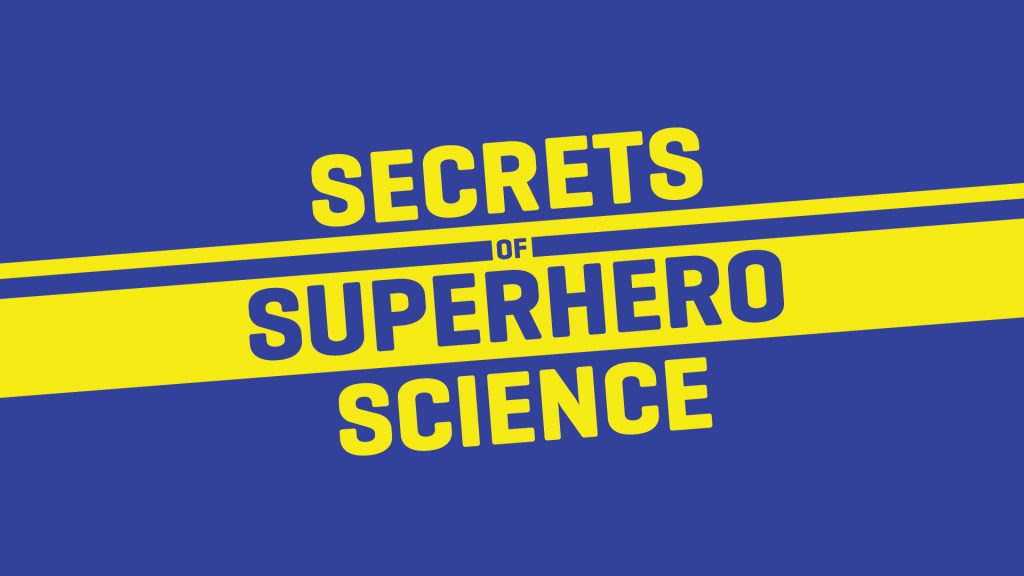
In February I was asked to speak as part of a public debate/discussion at Spui 25, the academic and cultural podium in Amsterdam. The date for been set for June 12th and I’m very much looking forward to speaking at the event. As part of the event I’ve written a short text motivating the talk/discussion. You can check it out here. It’ll give you a general idea of what will be spoken about at the event. If you’re in Amsterdam on June 12th it would be great to see you there.
Secrets of Superhero Science: Are we ready for superpowers?
We find ourselves in the middle of a cinematic superhero revolution that shows no signs of abating. Superhero films are big business, as demonstrated by their box office receipts. For example the 2016 film Captain America: Civil War became the 12th highest grossing film of all time when it made more than $1.1 billion dollars at the worldwide box office. By the year 2020 we will see the release of 25 (or more) superhero films. The superhero genre is very much here to stay.
One of the driving forces behind the success of the superhero film is the escapism it provides to a fictitious world jam-packed with people possessing superpowers that are seemingly beyond the real world. Invariably many of the audience have, at one time or another, envisaged having a superpower of some sort be it an Iron Man suit, the regenerative healing powers of Wolverine or Deadpool, the power of invisibility possessed by Sue Storm or the ability to shrink like Ant-Man. Superpowers would allow us to do things we do not normally see on an daily basis.
Thanks to modern scientific and engineering research, the superpowers of the superheroes may no longer be reserved for cinema. Humanity stands on the cusp of a superpower future with scientists and engineers working on some astounding research projects that could produce superpower technology as a viable spin-off. For example, thanks to advanced genetic editing techniques like the CRISPR/Cas system, in the future we could bioengineer some of the X-Men characters. A number inventors and engineers are developing technologies to mimic a flying Iron Man suit while other researchers have turned to graphene or spider silk to create advanced bullet-proof materials. Thanks to these technological endeavours we could see superpower technologies sooner rather than later.
Before superpowers can be introduced into society though we must ensure that laws, policies or protocols are put in place to safeguard society. We need to introduce these technologies in a safe manner and accurately assess their impact before their introduction. In Captain America: Civil War the United Nations introduces a set of accords to monitor or control superpower activity after a number of events around the world lead to significant collateral damage. This is a case of the “cart before the horse”. Many may contend that the manner of the introduction of the accords is contentious. But the film does provide a valuable lesson that can be applied to not only superpower technologies but also future technological advancements. We must predict, to the best of our ability, the implications of superpowers or new technologies on society. In addition they should be introduced in a manner that facilitates both integration with society and easy adaptations. Undoubtedly there will be ethical hurdles on our path to superpowers and these should be met with the respect that they merit. Nonetheless cautious progressions could in many ways hinder the development of society, and as a result delay the superpower/superhero era.
Are you ready for a superpower future?
Are you ready for the great power and great responsibility?
Are you ready to unlock the Secrets of Superhero Science?

